
The Best Christmas Presents For Your Dog
As we all know, Christmas is a time for the whole family, and in dog-friendly households that includes our beloved furry friends. ...
21 December 2017
Read More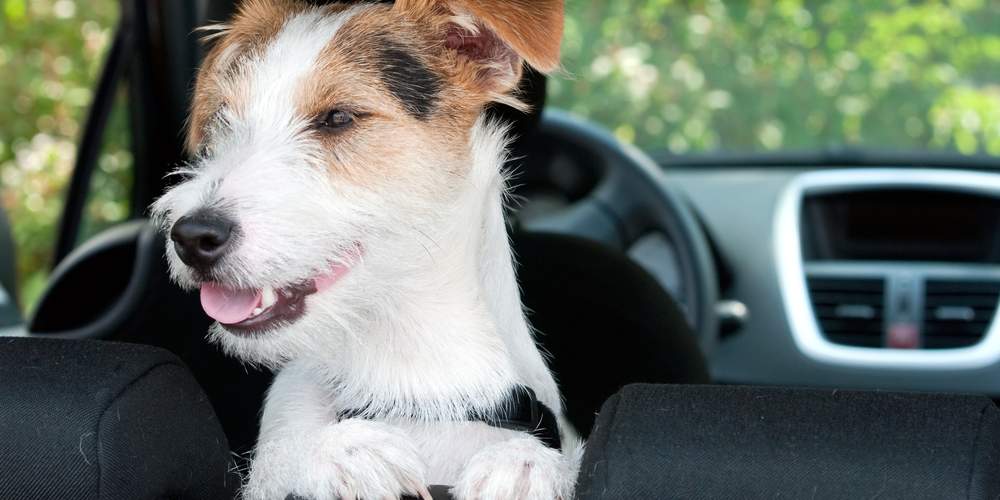
Travel sickness in dogs is a surprisingly common ailment – especially in younger dogs – and can be treated relatively simply. So, don’t give up on exploring the great outdoors with your furry friend just yet…
One of the many joys of having a giant ball of fur for a best friend is getting out there in the great outdoors. Dogs love exploring the sights, sounds and scents of somewhere new. But your desire to drive hither and yon across your local landscapes, in search of your next adventure, can dwindle when you have a pooch that’s prone to travel sickness.
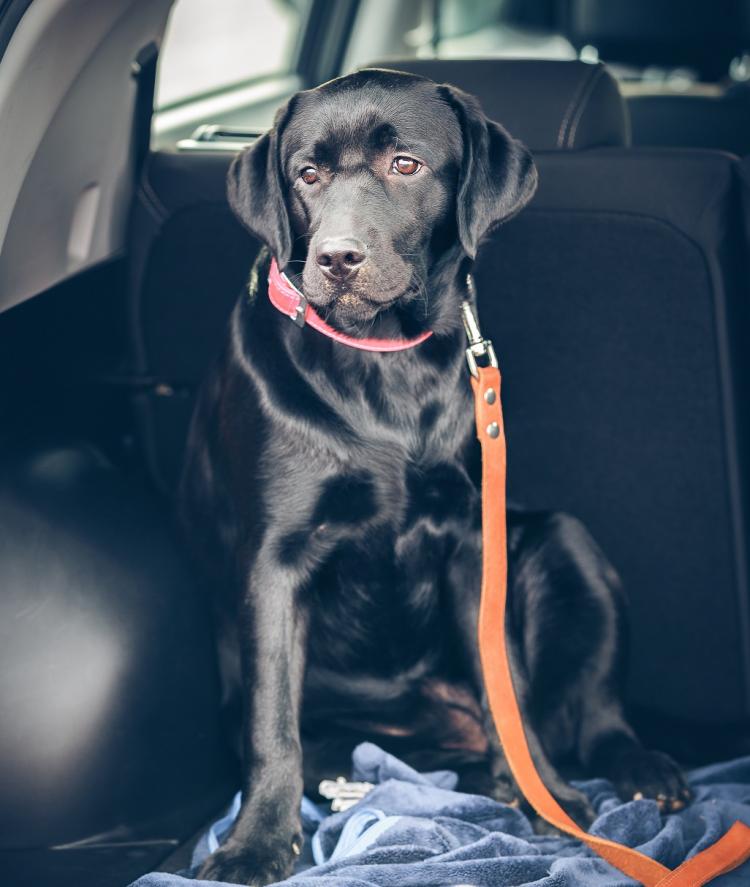
How common is travel sickness in dogs?
Does your dog get car-queasy? By no means are they alone. Around half of vets see at least one dog travel sickness case per month. Much like humans, travel sickness is more common in younger dogs – particularly those below the age of three. Around 20% of adult dogs are affected, though the figure is around 75% for puppies. The good news? Canine travel sickness is very treatable with the right medication.
What are the symptoms of travel sickness in dogs?
Your intuition was probably correct. The tell-tale symptoms of dog travel sickness include excessive drooling, restlessness, trembling, anxiety and excessive swallowing or lip-smacking. But it’s important to remember that different dogs display different symptoms. Some pups may vomit without any other signs of discomfort. Others may not throw up at all. If one or more of the above symptoms is present while driving, it’s possible your dog is a travel sickness sufferer.
Short-term remedies for travel sickness in dogs
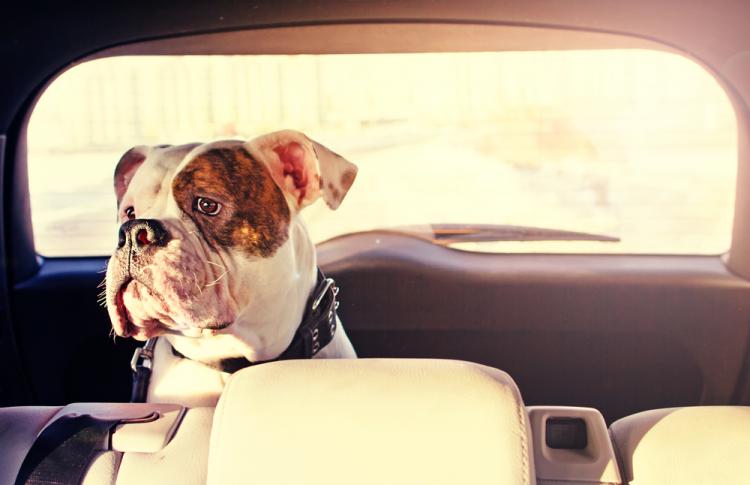
If you spot symptoms of travel sickness during a journey, try winding down a window slightly to let some air circulate. A short break and some water may help your dog feel better, so pull over somewhere safe if possible. Avoid smoking in the car as the fumes can aggravate an upset tummy.
Try to stay calm. A poorly pooch is no fun for anyone, but most dogs recover from an episode of travel sickness very quickly. Your furry travel companion will be back to their bouncing best in no time. If symptoms persist once you are out of the car, call a vet. It may not be the motion of the journey that’s making your dog unwell.
What to do long-term
A little conditioning will make car journeys less daunting and scary for your dog. Though it’s not always practical, try to start your pup off with short journeys – rewarding good behaviour – and gradually increasing the distance they travel. You can even get them used to the car by feeding them in it, or letting them rest there. Avoid driving during the hottest part of the day. And try not to set off just after your pooch has eaten and has a full tummy.
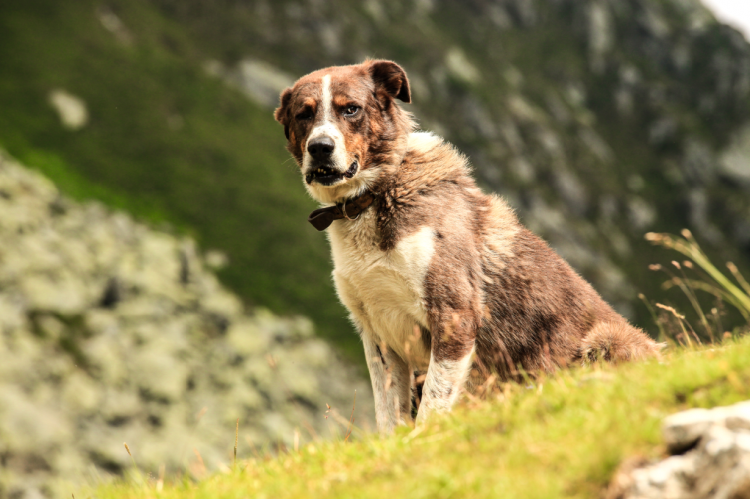
If symptoms of travel sickness persist, don’t panic. There are treatments available that will make your doggy feel a lot more comfortable in the car, taking away the grotty symptoms completely. Take a few moments to properly research the available remedies as some will leave Fido feeling very drowsy. (Not ideal when your end-game is adventure!) Talk to your vet to find the best product for you and your furry chum.
Get out in the great outdoors…
With a few simple measures – and the right medication, if necessary – dog travel sickness no longer has to stop you discovering the best Britain has to offer. What are you waiting for?

As we all know, Christmas is a time for the whole family, and in dog-friendly households that includes our beloved furry friends. ...
21 December 2017
Read More
With the obvious exception of biscuits and falling asleep by the fire, there aren’t many things that dogs love more than exp...
04 August 2017
Read More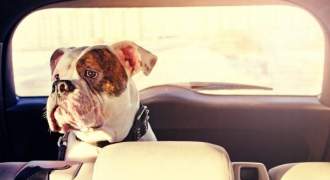
Does the prospect of jumping in the car fill your dog with anxiety in the form of whining, pacing or panting? Perhaps they get res...
04 August 2017
Read More